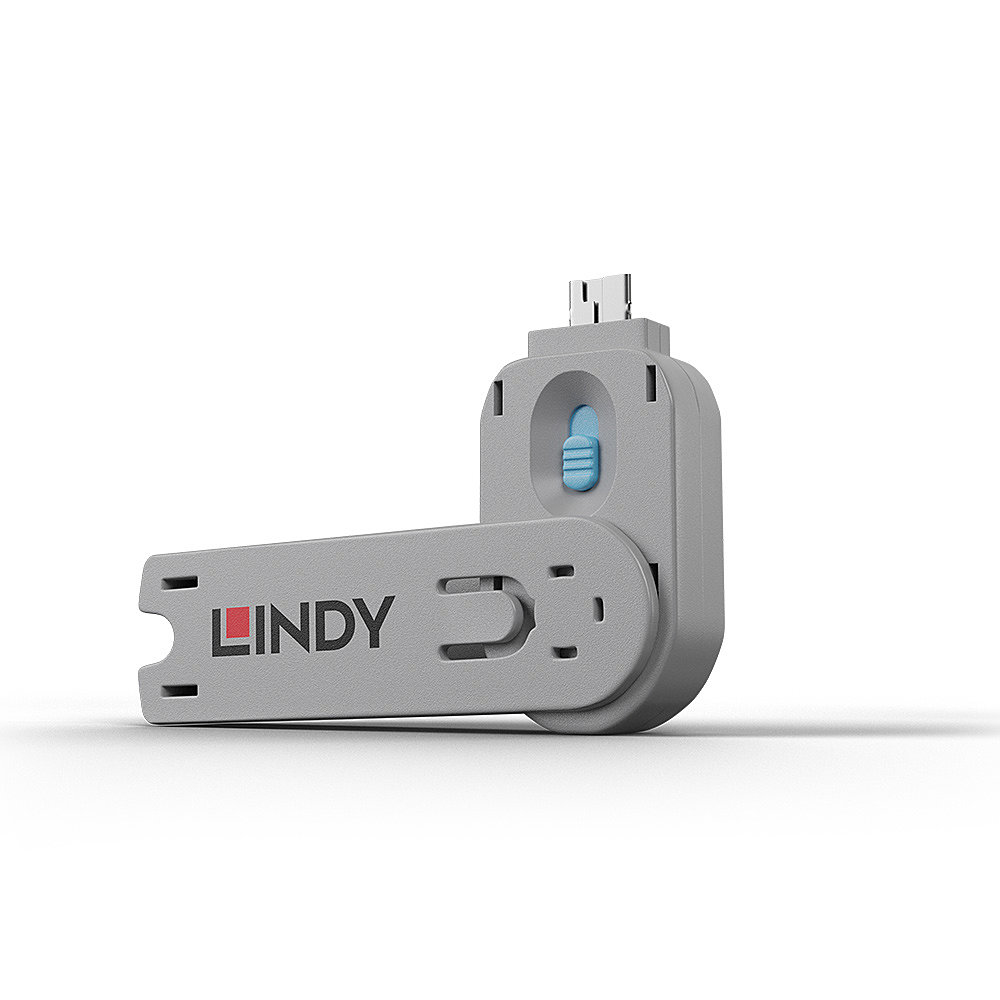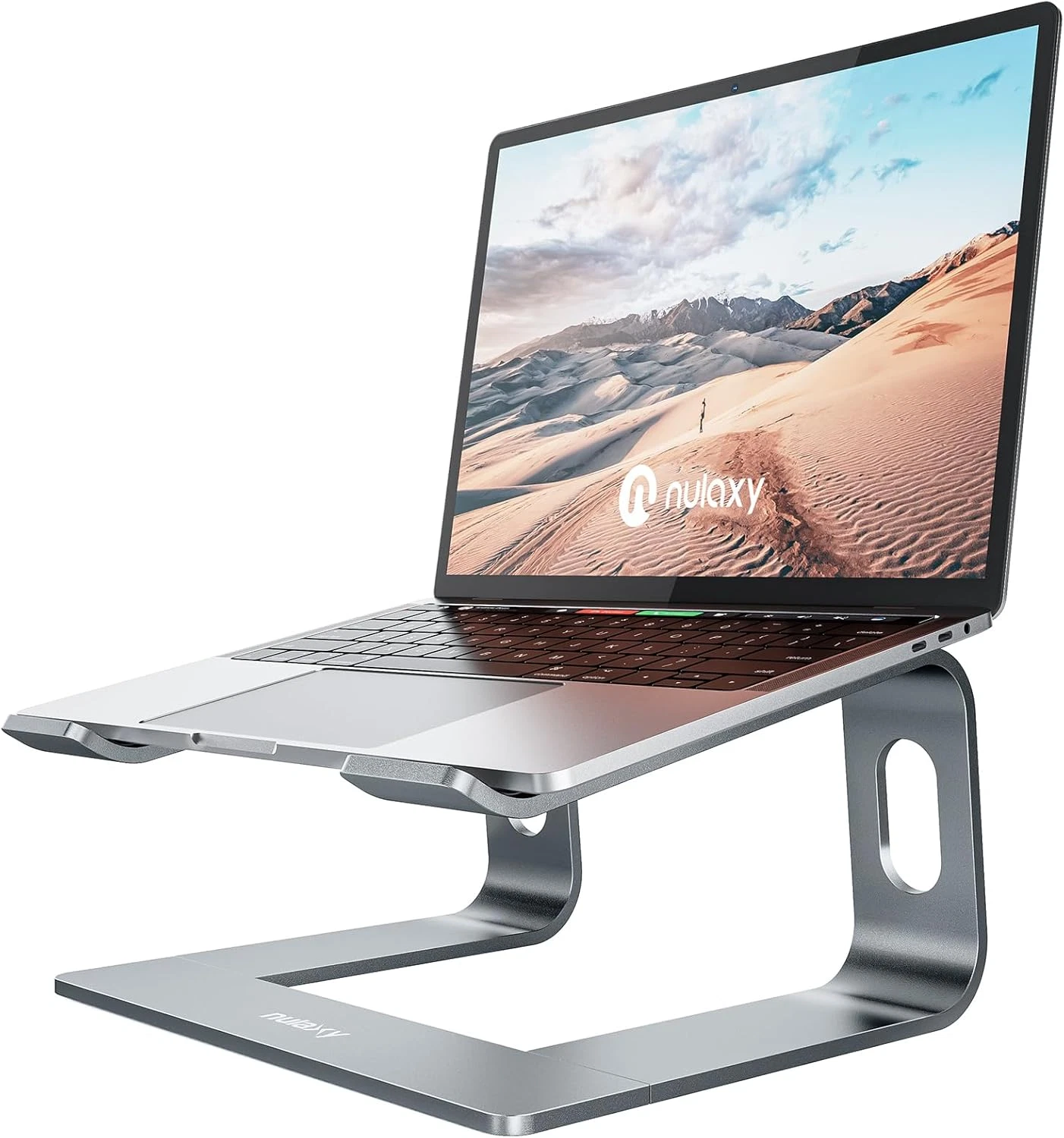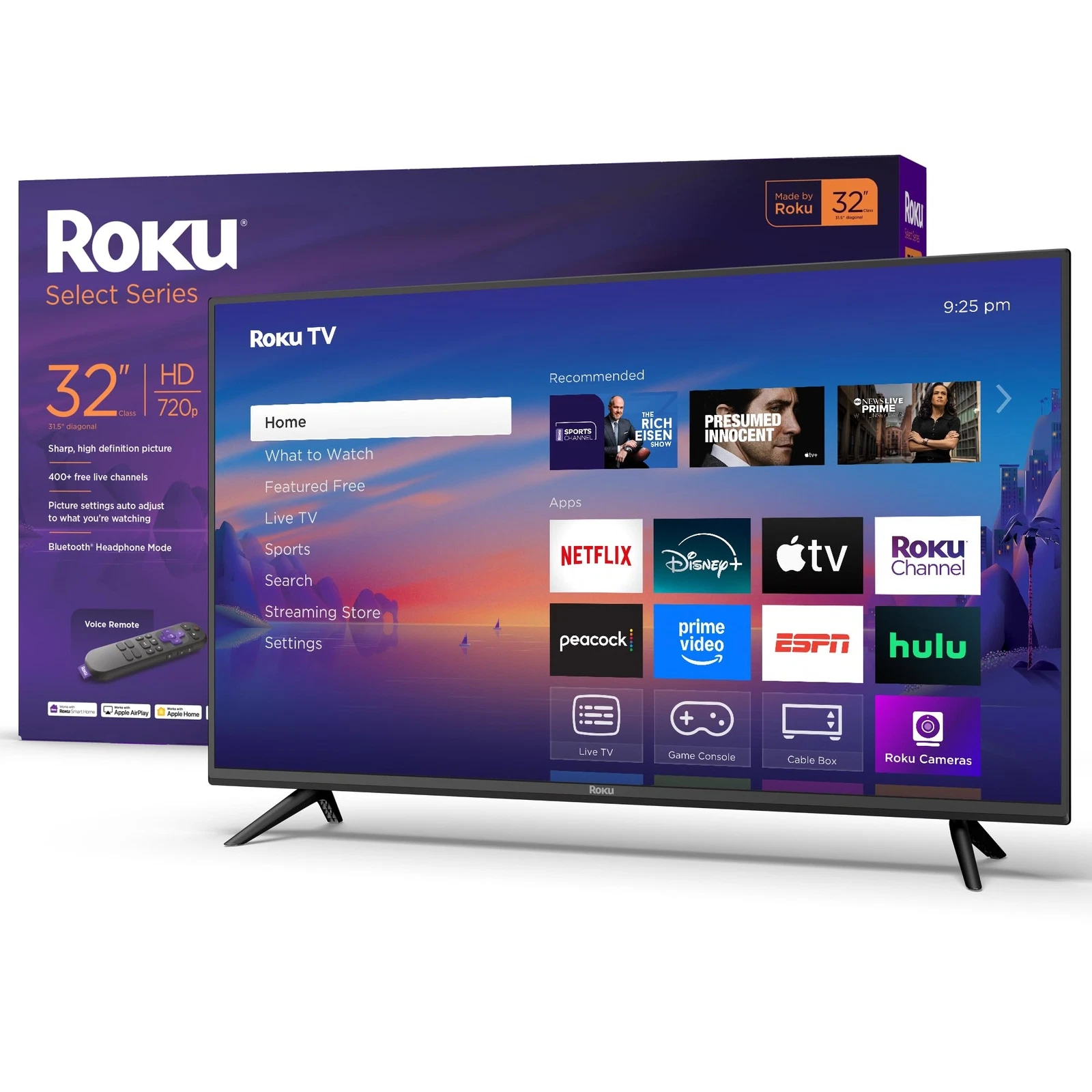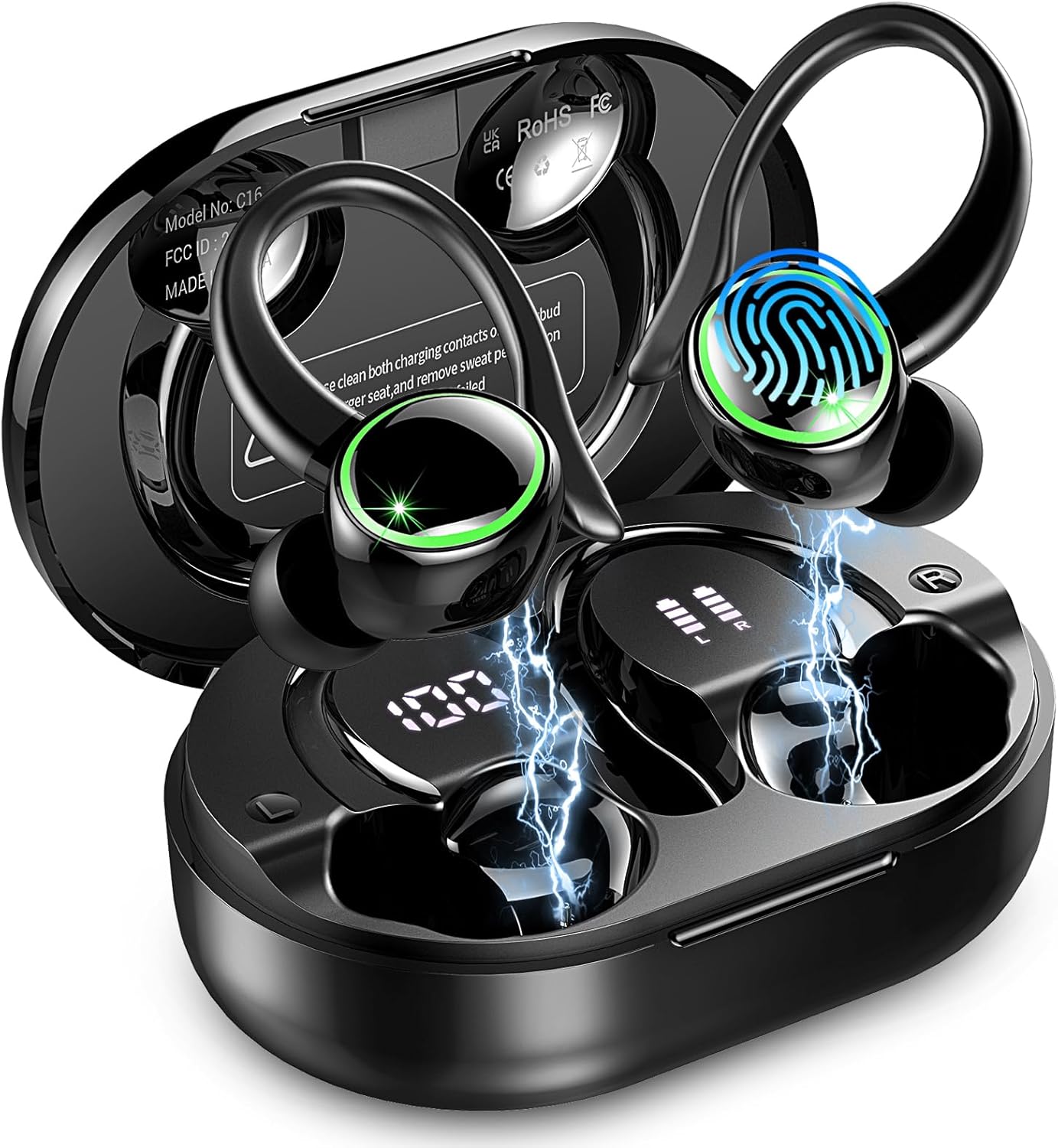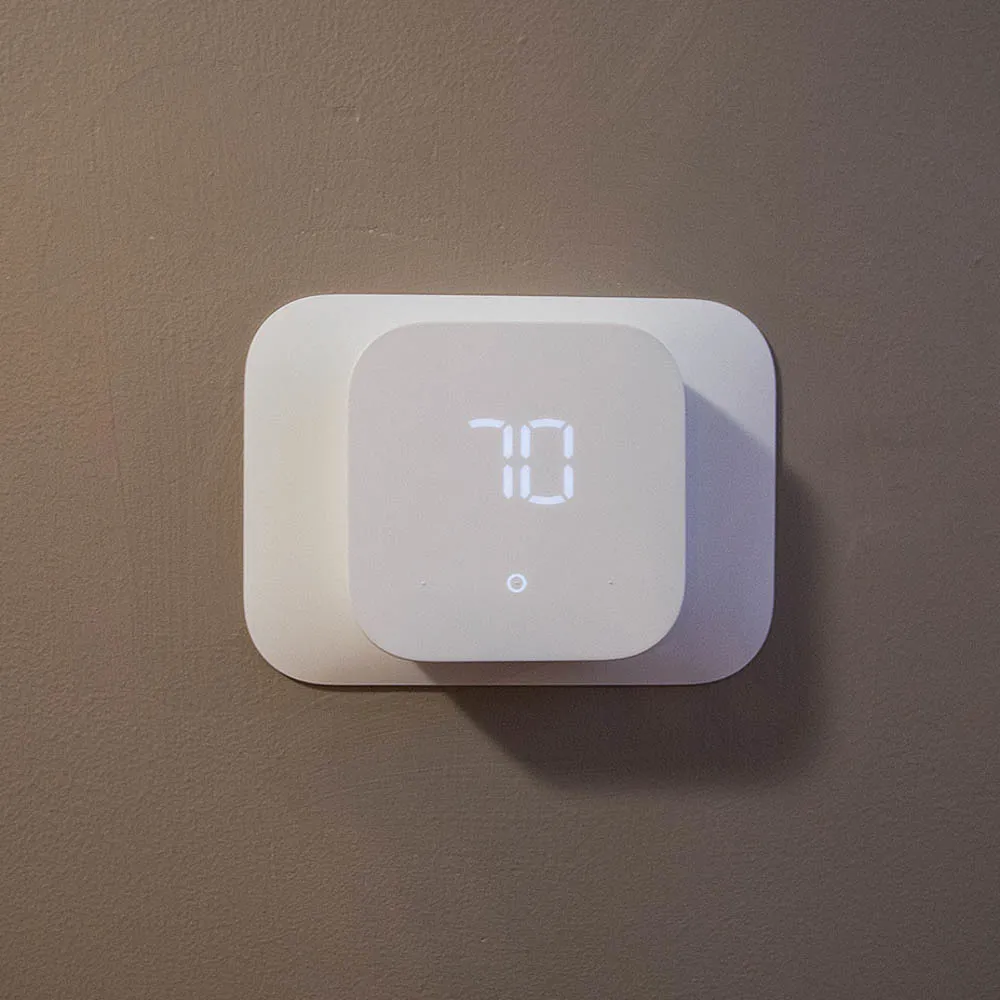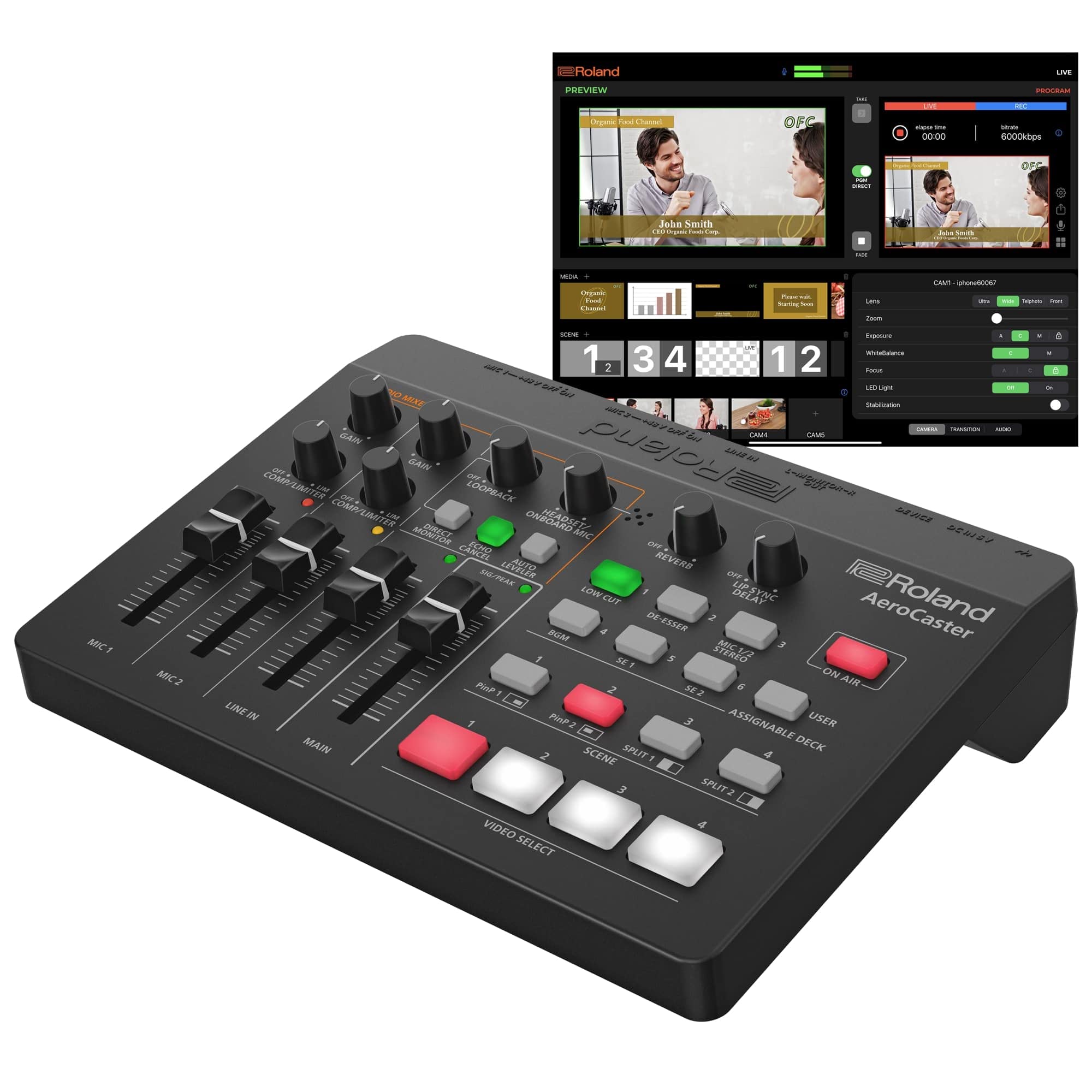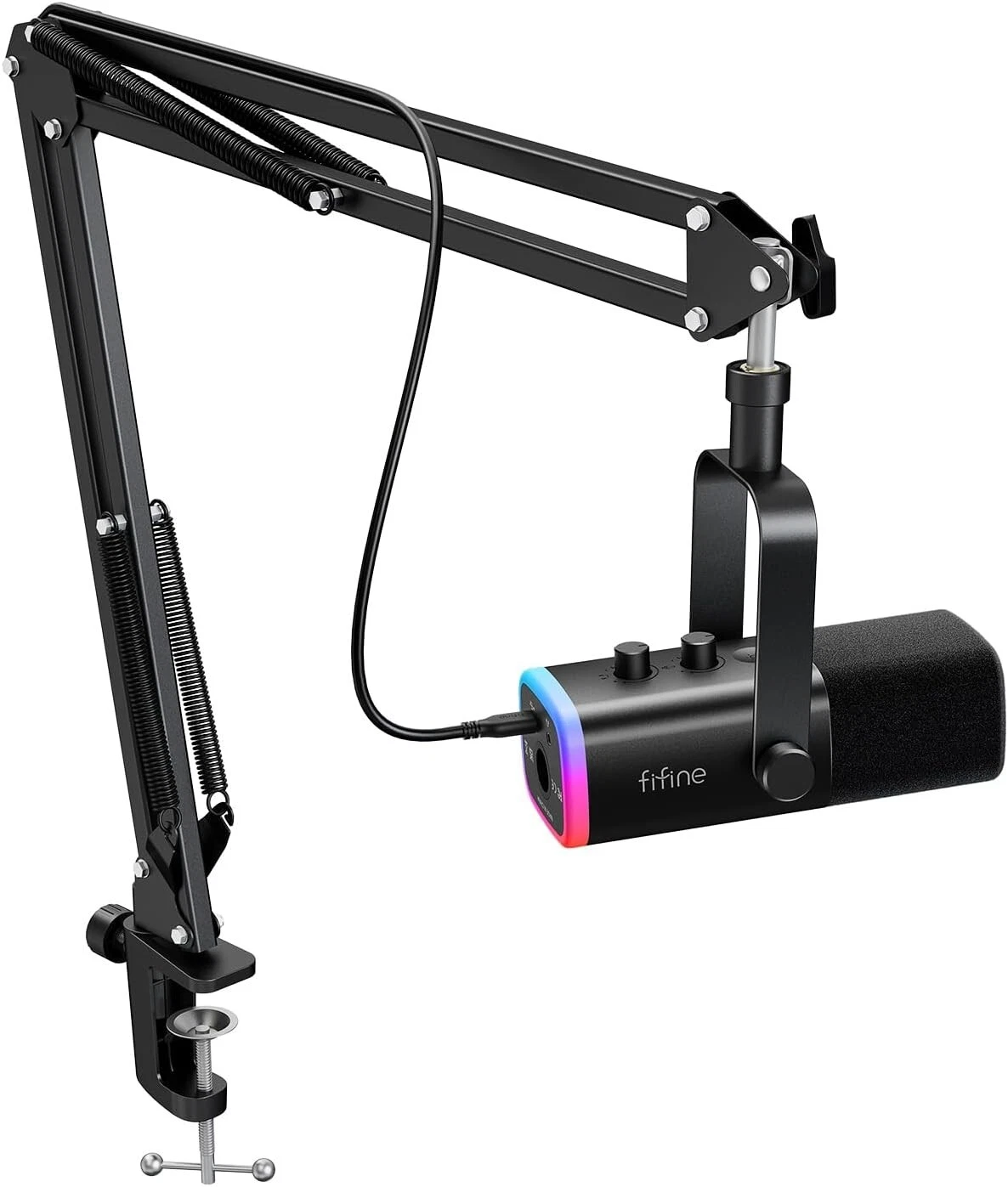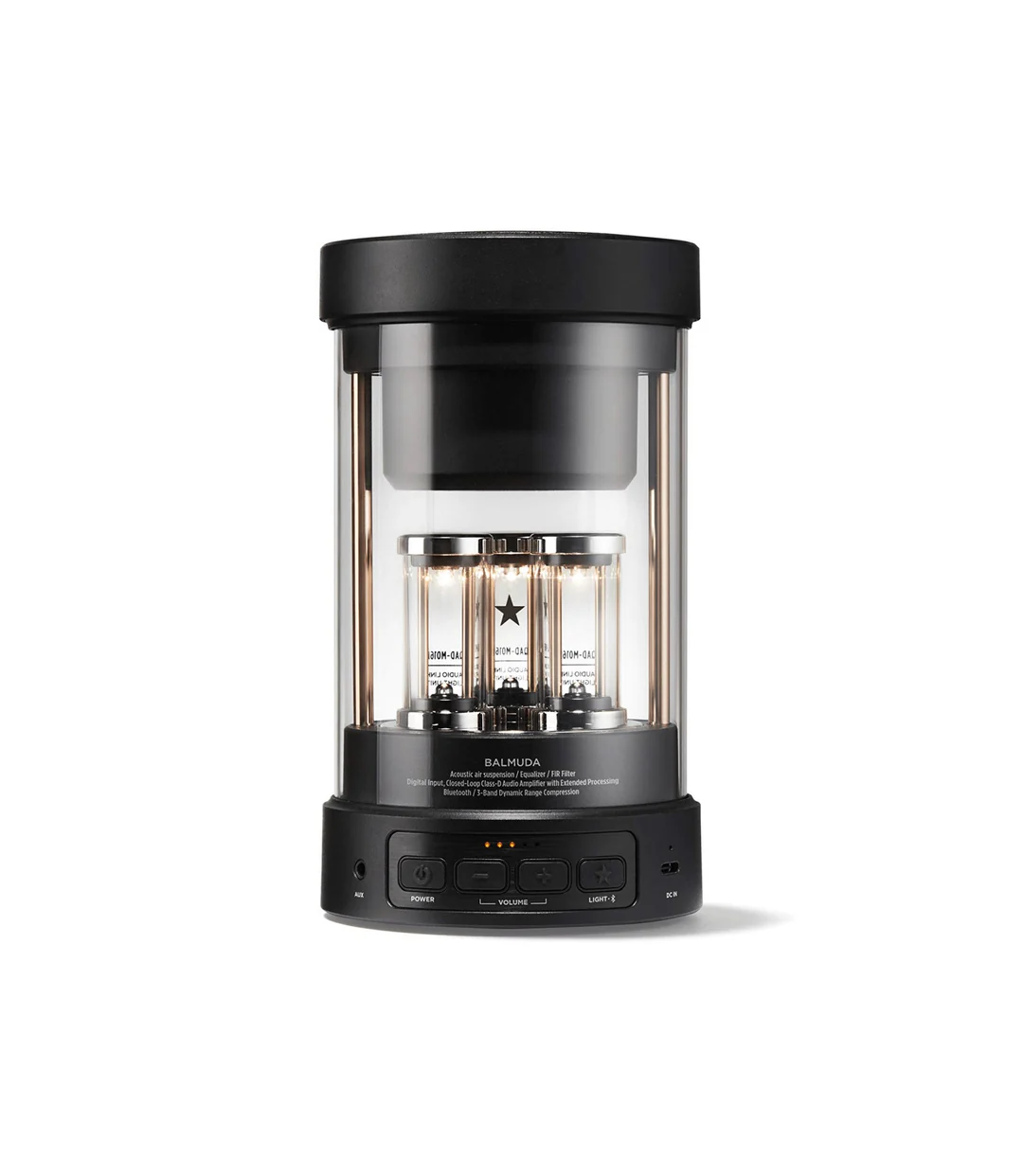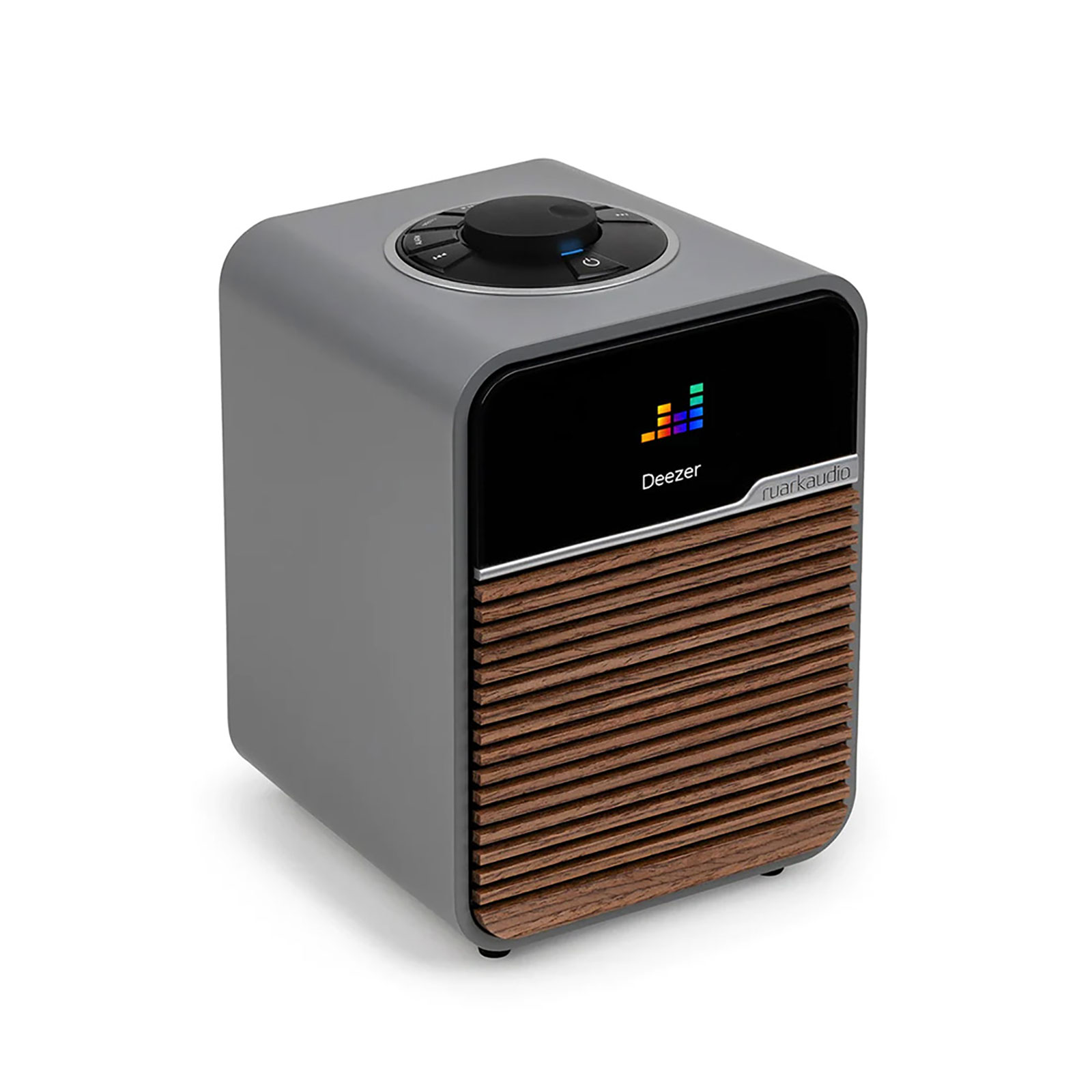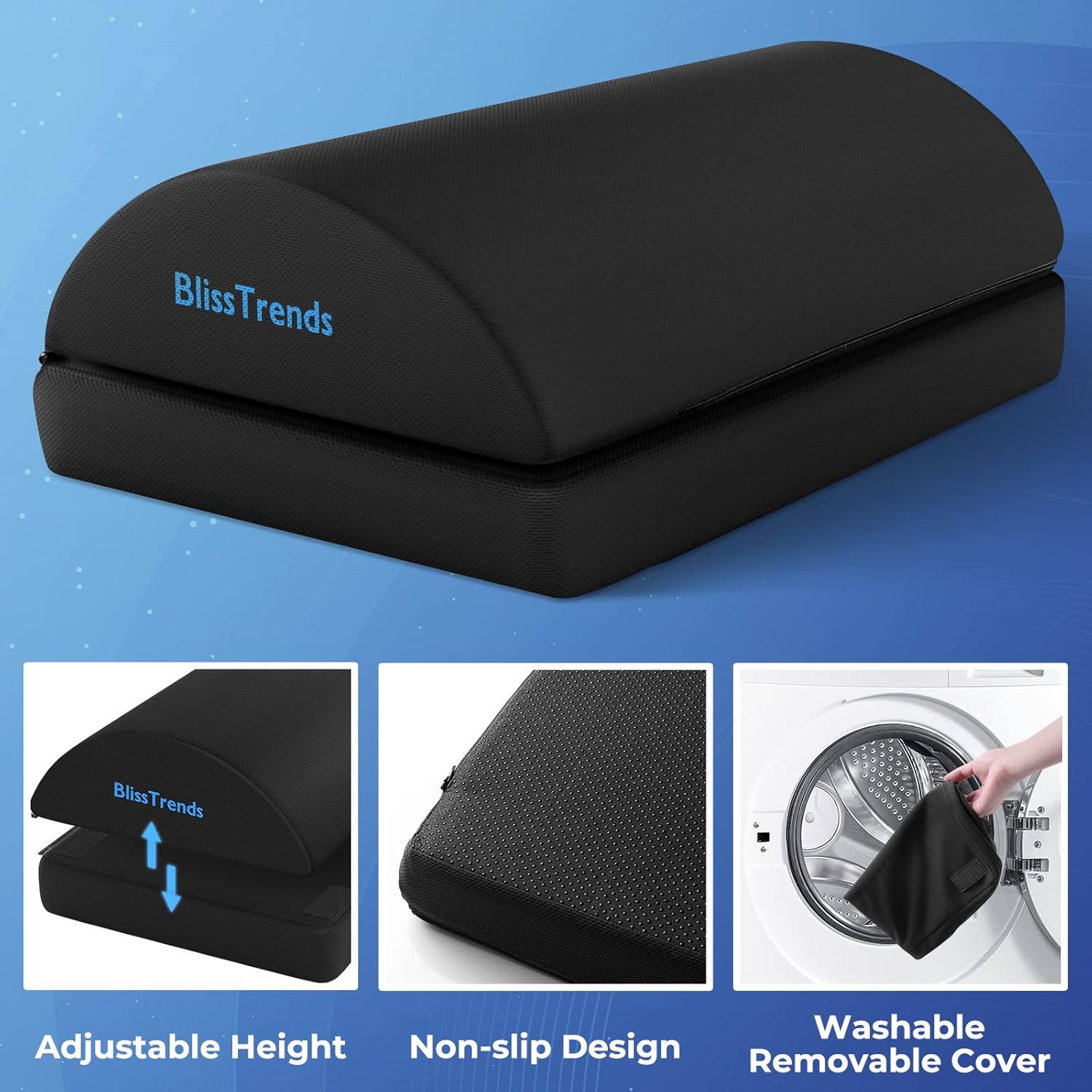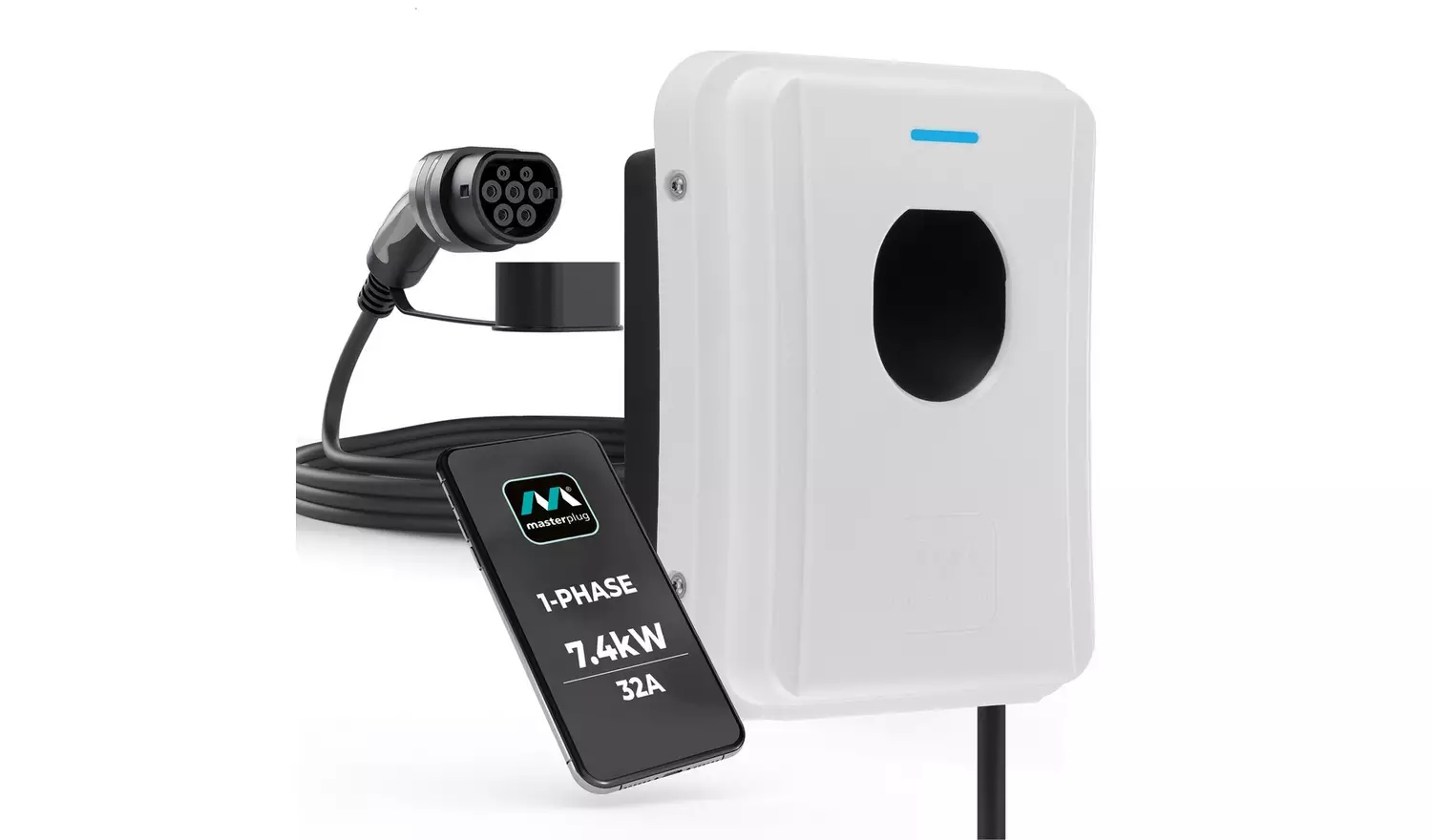In a digital world dominated by firewalls, encryption, and antivirus software, physical security often gets overlooked. Yet, one of the most common vulnerabilities in public and corporate environments is unsecured USB ports. Unauthorized data access, malware injection, or even device theft can occur through something as simple as an unattended USB port.
That’s where the Lindy USB Type A Port Blocker Key comes in — a simple yet powerful tool that helps IT departments, administrators, and security-conscious users lock down USB Type A ports and protect sensitive equipment from tampering, intrusion, or unauthorized use.
In this article, we’ll explore what the Lindy USB Port Blocker is, how it works, where it’s used, and why it’s an essential addition to your physical security toolkit.
Shop Lindy USB Type A Port Blocker Key
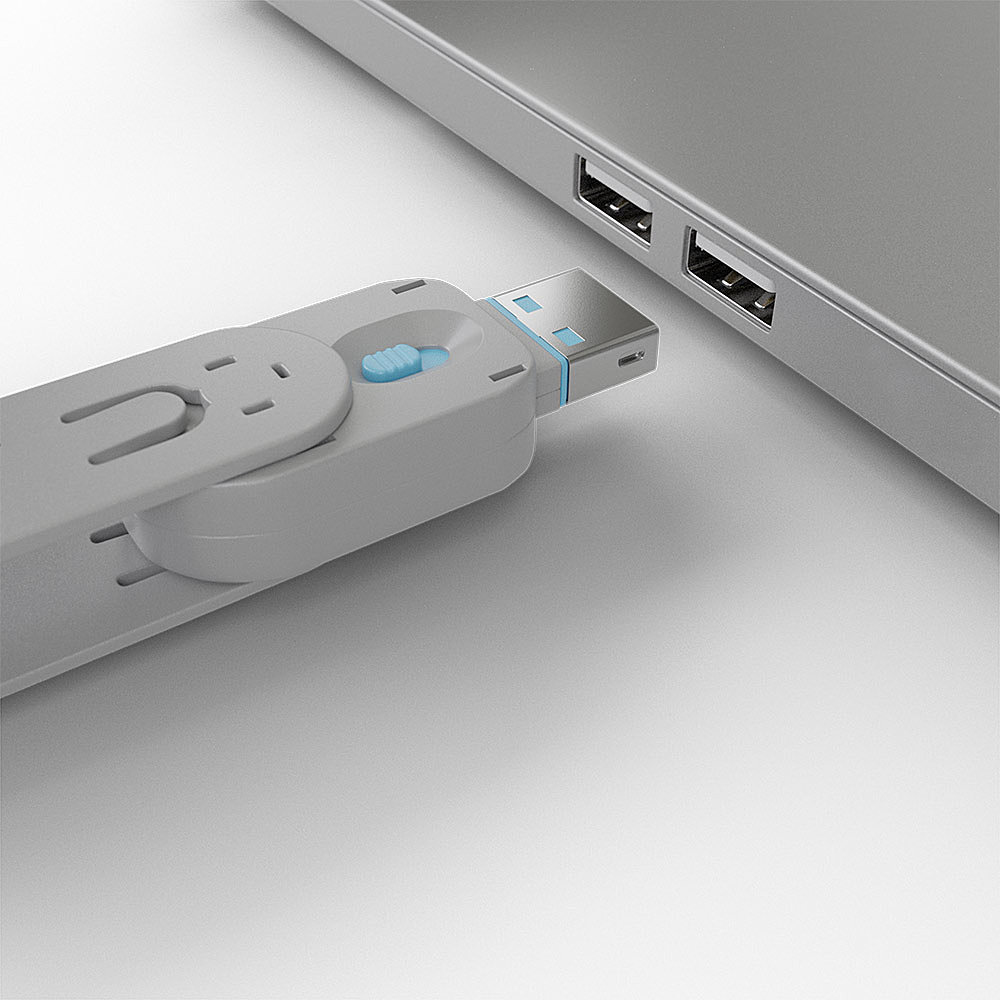
What Is the Lindy USB Type A Port Blocker Key?
The Lindy USB Port Blocker is a physical security tool designed to prevent the use of USB Type A ports on computers, servers, printers, or any device with standard USB-A input.
The system consists of:
- A special security key (the “blue key”)
- A set of small plastic locks (usually sold separately or in kits)
- The ability to insert and remove these locks exclusively with the matching key
The blue color identifies a unique lock-key pairing (each color is specific), so only the matching Lindy key can remove the corresponding port blocks. It’s ideal for environments where port access must be restricted but where you don’t want to disable ports permanently through BIOS or software.
Shop Lindy USB Type A Port Blocker Key
Key Features and Benefits
🔐 Physical USB Port Locking
Once inserted, the port blocker sits flush within the USB Type A port, preventing any external USB device — like flash drives, keyboards, or USB malware tools — from being connected.
🧠 Tamper-Resistant Design
The blocker cannot be removed by hand, tweezers, or tools without damaging the port. Only the matching color-coded key can disengage the lock safely.
🎯 Color-Coded for Controlled Access
The blue version is one of several color-coded keys offered by Lindy. Each color corresponds to a specific key-lock combination, helping IT teams manage access across departments or organizational levels.
💼 Tool-Free, Non-Invasive
No BIOS configuration, soldering, or software intervention is required. Just plug it in and walk away. Removal is just as easy with the right key.
🖥️ Universally Compatible
Compatible with any USB Type A female port — found on:
- Desktops
- Laptops
- Monitors
- Printers
- Routers
- Embedded systems
- Kiosks and public terminals
Shop Lindy USB Type A Port Blocker Key
Why Use a USB Port Blocker?
🛡️ Prevent Unauthorized Data Transfer
One of the biggest threats in many workplaces is the use of unauthorized USB flash drives. Users can:
- Steal confidential files
- Install rogue software
- Introduce viruses or ransomware
Port blockers completely eliminate this attack vector.
🧯 Reduce Human Error
Even well-intentioned employees can accidentally connect infected devices. Blocking ports avoids these mishaps without relying solely on endpoint software.
🏢 Ideal for Public Access Terminals
Kiosks, library PCs, information booths, and POS systems often have visible USB ports. Blockers protect against USB-based exploits or casual misuse by the public.
🔧 Protect Against Physical Damage
In environments with heavy traffic or vulnerable ports (such as schools or trade shows), these blockers prevent people from jamming foreign objects into USB ports or damaging connectors.
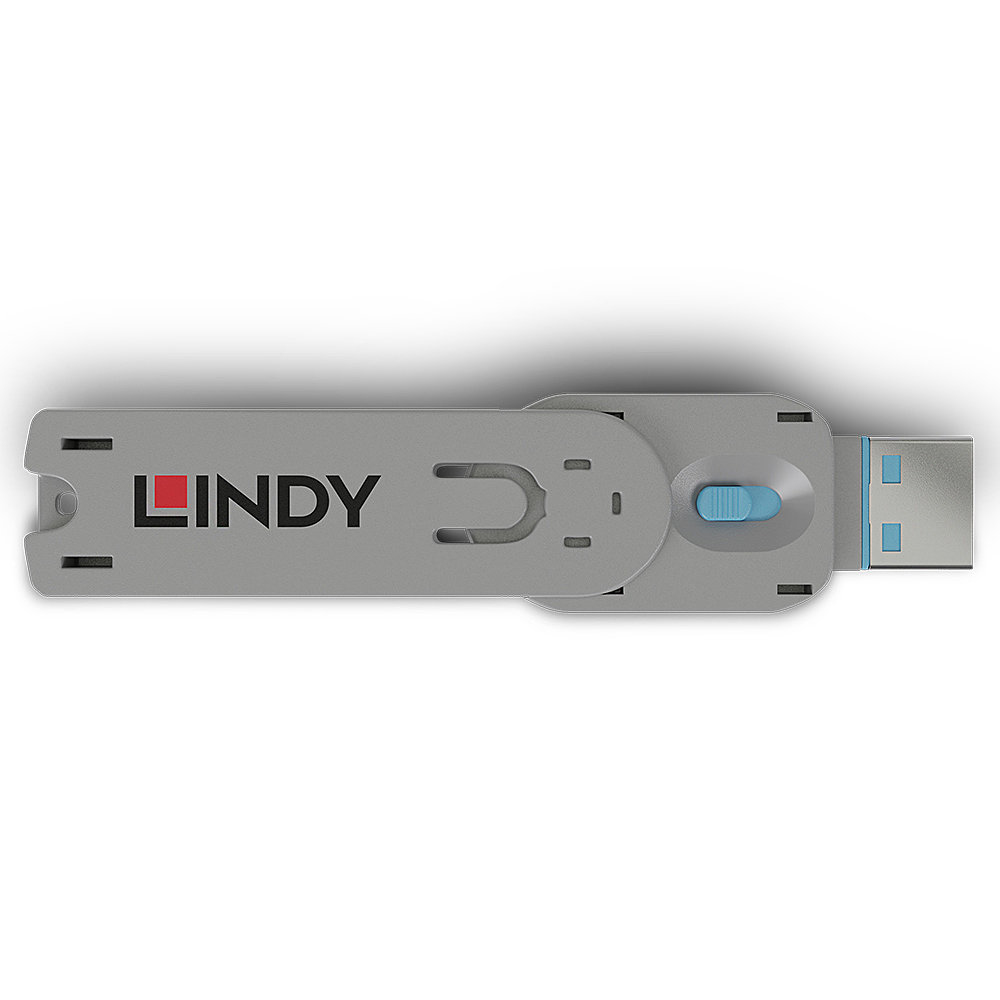
How the Lindy Port Blocker System Works
- Insert the Lock
Using the blue key, insert the blocker into any USB-A port. The blocker snaps into place securely and cannot be removed without the key. - Lock Engagement
The blocker’s inner pin expands within the USB port, locking it mechanically. It doesn’t damage the port but holds firm. - Remove When Needed
When access is required, reinsert the blue Lindy key, twist or pull as directed, and the blocker pops out cleanly.
Note: Keys and blockers are typically sold in kits. For example, a 10-pack of blue locks with a matching key is common.
Shop Lindy USB Type A Port Blocker Key
Use Cases Across Industries
🏫 Education
- Prevent students from plugging USB drives into school laptops or PCs
- Avoid malware or game installations
- Simplify IT maintenance
🏥 Healthcare
- Protect patient information on connected medical equipment
- Lock down diagnostics machines and data terminals
🏛 Government & Military
- Meet compliance requirements for air-gapped networks
- Prevent data leaks in secure environments
🏬 Retail & Kiosk Systems
- Secure point-of-sale terminals from skimming devices or USB hacks
- Protect unattended customer-facing computers
🏢 Corporate Offices
- Maintain data loss prevention (DLP) policies
- Control contractor or visitor access to ports
Advantages Over Software Solutions
While software tools like Windows Group Policies can disable USB ports, they are not foolproof. Physical USB blockers offer:
| Advantage | Description |
| Bypass-Proof | No script, malware, or privilege escalation can override the lock |
| Visual Confirmation | IT teams can instantly see which ports are blocked |
| Quick Deployments | Secure an entire room or floor in minutes |
| No Admin Access Needed | Doesn’t require BIOS access or configuration changes |
| No System Performance Impact | Doesn’t interfere with device operations or drivers |
Used together with software-based USB restrictions, physical port blockers create defense-in-depth against insider threats and attacks.
Shop Lindy USB Type A Port Blocker Key
Product Specifications
- Brand: Lindy
- Product: USB Type A Port Blocker Key
- Color: Blue
- Material: Durable ABS plastic
- Compatibility: USB 2.0 / 3.0 / 3.1 Type A female ports
- System Requirements: None (OS-independent)
- Package Contents: 1 x Blue Key (locks sold separately or in kits)
How to Deploy at Scale
For large environments, Lindy offers kits containing:
- Multiple blockers (10, 20, 50, 100 packs)
- Multiple keys per team or department
- Color-coded systems for different access levels (e.g., blue for IT, red for AV)
IT departments can maintain tight control over physical device access without constantly policing individual machines.
Tip: Maintain a secure key log or key cabinet to prevent unauthorized removal of port locks.
Shop Lindy USB Type A Port Blocker Key
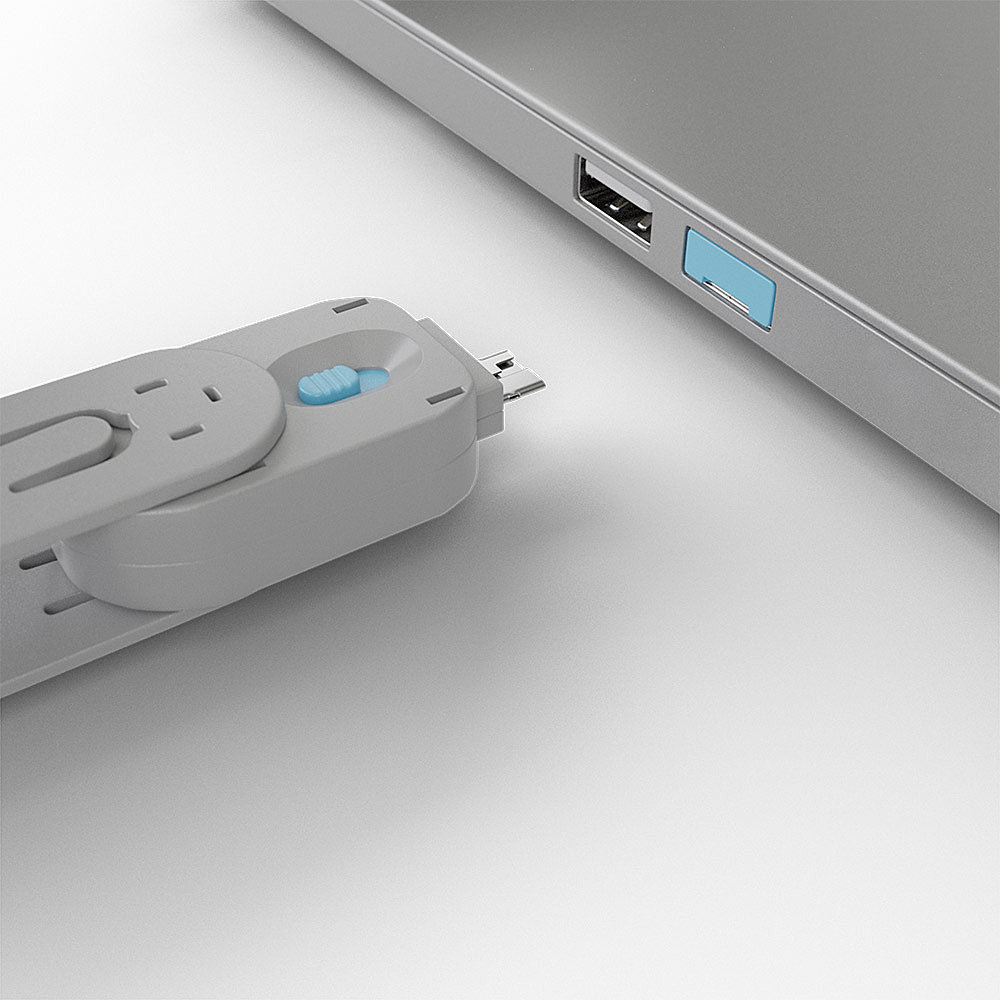
Pros and Cons
✅ Pros:
- Physically blocks unauthorized USB access
- Easy to install and remove with matching key
- Color-coded for organized deployments
- Inexpensive and durable
- Works across all platforms and devices
- Portable and non-invasive
⚠️ Cons:
- Requires purchase of separate key and blocker packs
- One color key only works with same color blockers
- Does not prevent internal USB port access (on motherboard)
- Manual key management is needed for large teams
Shop Lindy USB Type A Port Blocker Key
Final Verdict
The Lindy USB Type A Port Blocker Key (Blue) may seem like a small piece of plastic, but it delivers serious value when it comes to protecting your devices. In just seconds, you can physically secure any USB Type A port — blocking out malware, data theft, or unauthorized access.
Whether you’re outfitting an entire office, a public terminal, or just your personal PC, this cost-effective tool adds a physical layer of cybersecurity that software alone can’t provide.
Simple, effective, and budget-friendly — this is a must-have for any IT toolkit.
Shop Lindy USB Type A Port Blocker Key
FAQs
1. Can I remove the lock without the matching Lindy key?
No. The blocker is designed to be tamper-resistant and only removable with the corresponding color key.
2. Will the port be damaged by the blocker?
No. The blocker is non-destructive and can be safely removed without harming the port.
3. Can the key remove other colored blockers?
No. Keys are color-specific. A blue key only works with blue blockers.
4. Can I reuse the blockers?
Yes, you can insert and remove blockers multiple times as needed.
5. Does it block USB-C ports?
No. This key is specifically for USB Type A ports. USB-C blockers are sold separately.
6. Is any software installation required?
No. This is a purely physical security product — OS-independent and driverless.
7. Can I buy the key separately from the blockers?
Yes. Keys and blocker packs are often sold independently or as combo kits.

